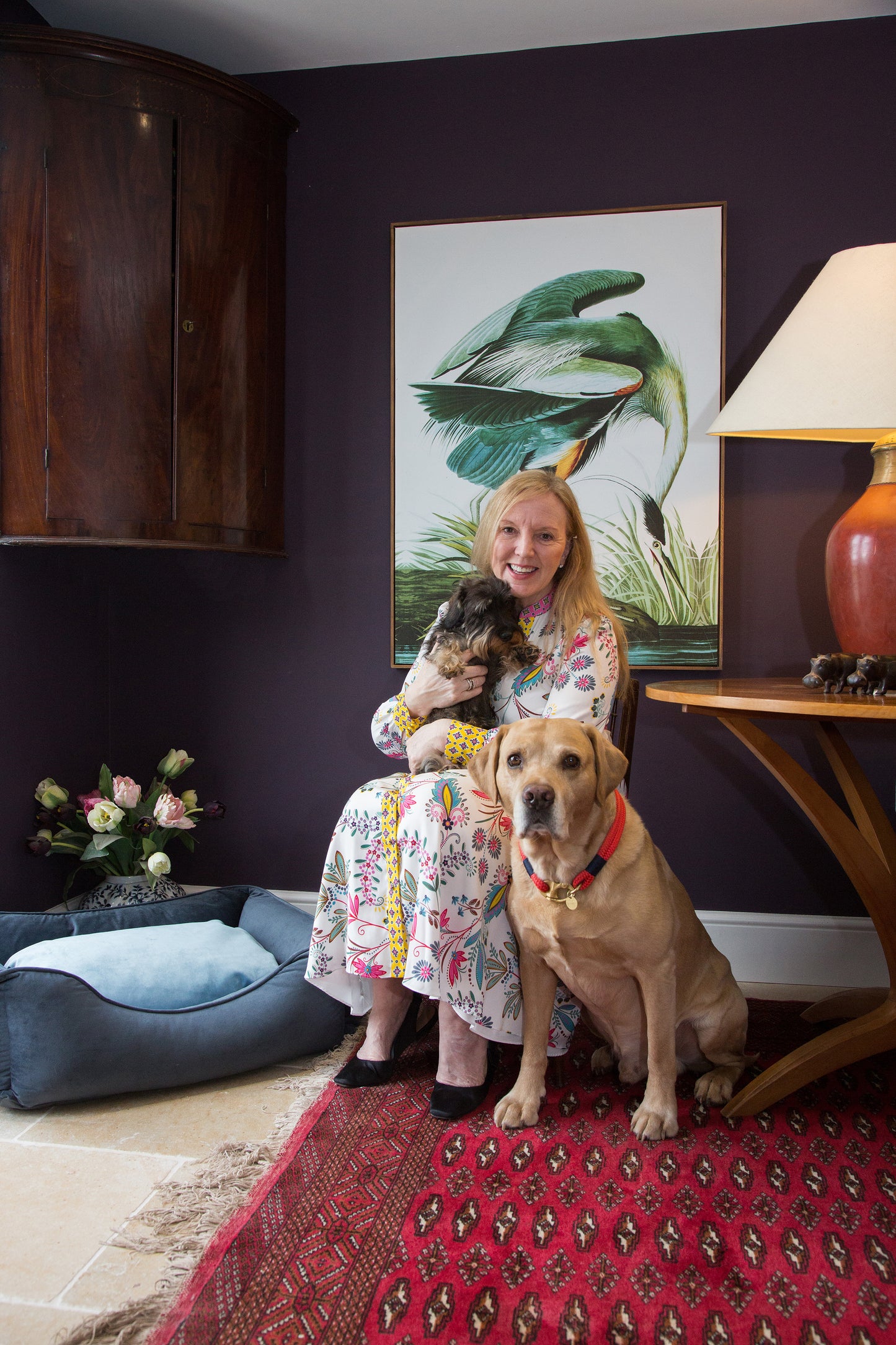
TO CRATE OR NOT…TO CRATE?
Thinking about getting a dog crate for your four-legged best friend can be a divisive conversation. But here’s what you need to know…
There are several sides to the debate of dog crating or crate training, but when you step back and think, your dog will settle, and be happy knowing that they have a safe, quiet space or dog bed to call their own. A place where they can retreat to for peace and quiet when they are feeling sleepy. A dog crate offers your dog a sense of security, a safe place of their own is just like giving a child their own bedroom, or den to make their own.
When used properly, in conjunction with positive reinforcement and with the right goals at the heart, introducing a crate into your training can be really helpful in so many ways; from house training to quashing any anxious tendencies.
Many dogs take to a crate easily. It’s all about being positive, creating a positive space of reward, and a safe place for them to go when they are tired or nervous.
Let’s look at the benefits.
A properly sized crate encourages a dog’s instinct not to mess where they sleep, helping with toilet training which is a big tick when welcoming a new puppy or rehoming a rescue dog.
Crates can also help when you need to focus your attention elsewhere. When you head to bed, for example, they keep your puppy or dog in a safe space, preventing them from chewing your antique ottoman or playing all night long!
For those with excitable personalities, crates can teach dogs about relaxation time, indicating to them that is time for some calm spell with a chew or treat-stuffed educational toy. It keeps them safe, relaxed, and out of mischief.
Most importantly, it gives them a home within your home. They should never be used as a punishment, only a safe place that they know is theirs, a cozy sanctuary that they will use long after the initial training is achieved.
Other articles of relevance
How to train using a dog crate - coming soon






